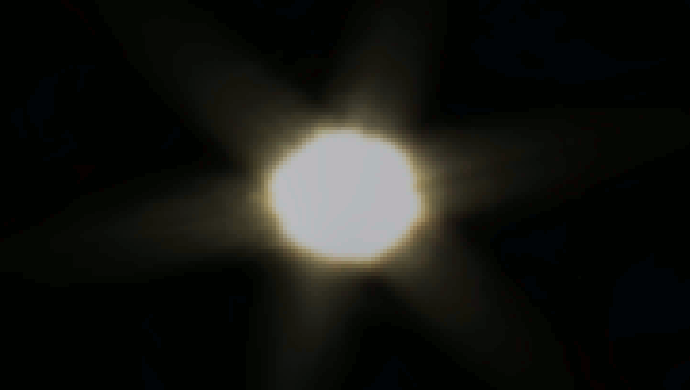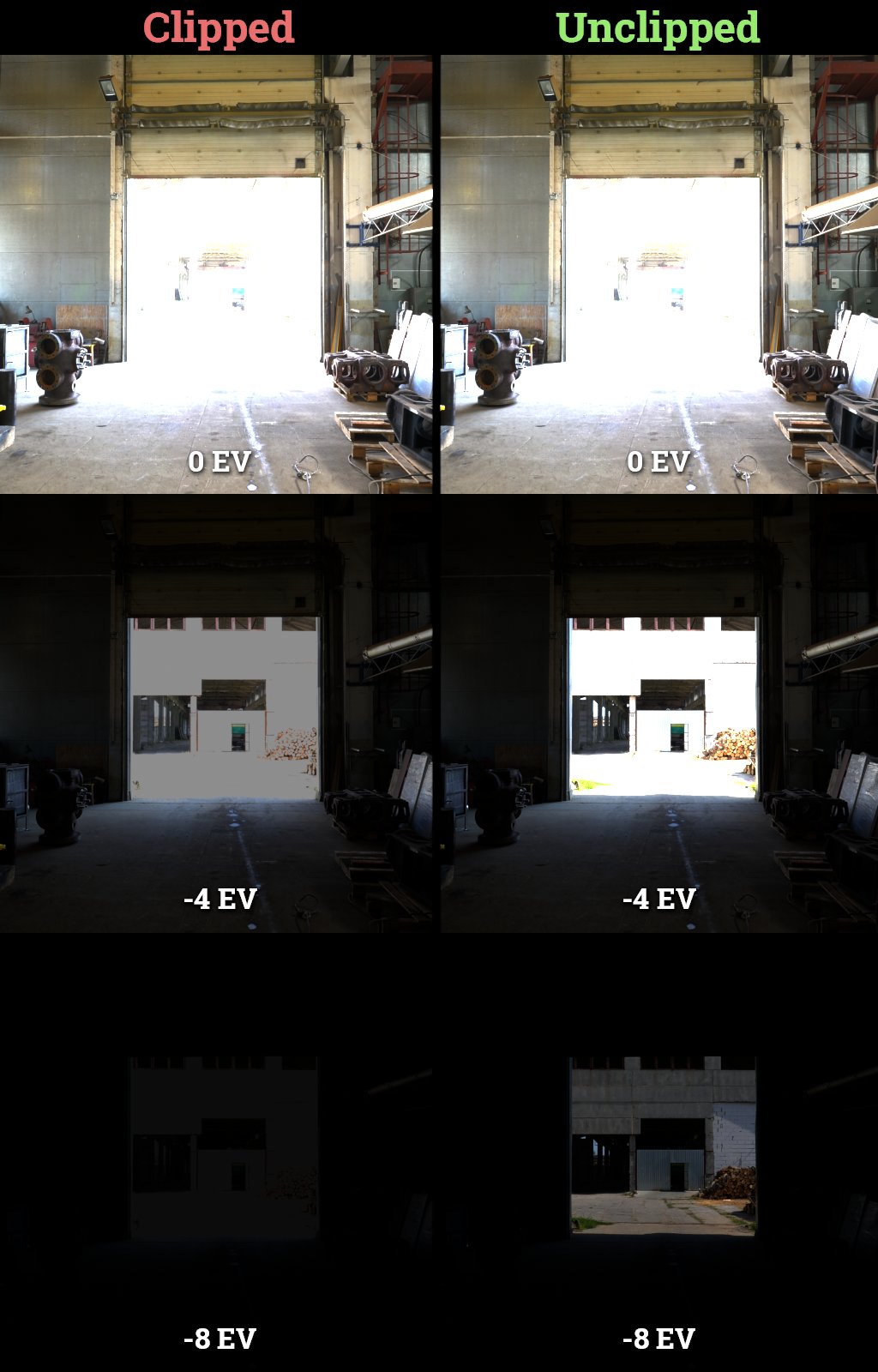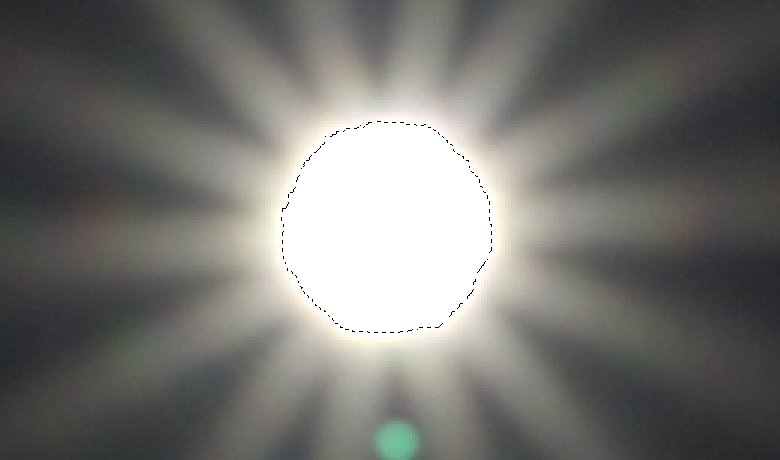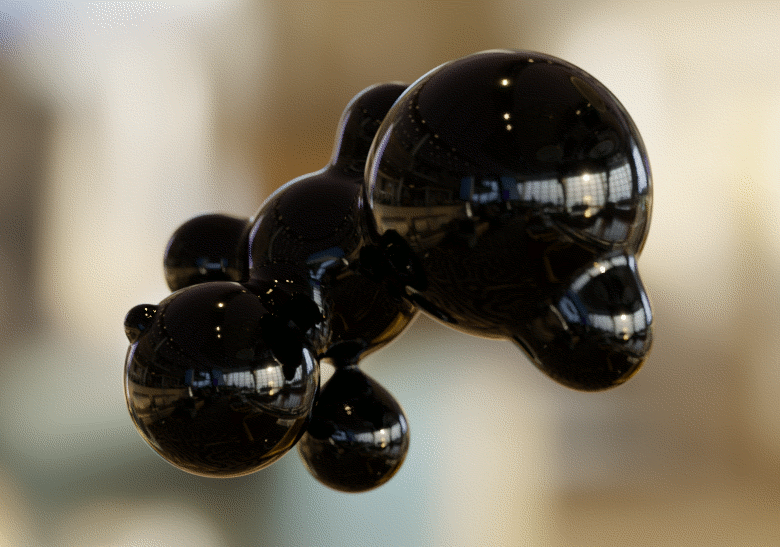If you understand the difference between using a JPG file and a HDR/EXR file for an HDRI, then you already understand clipping 🙂
“Clipping” is when the brightest part of an HDRI is “cut off”, or “burnt out”.
This is usually seen on light sources, like the sun or a bright lamp, and is the result of the HDRI photographer not using a dark enough exposure to capture the light completely.

If you’re an HDRI photographer and you want to learn how to avoid clipping, read this article next.
How do I tell if an HDRI is clipped?
Simply reduce the exposure of the HDRI in your 3d software or photoshop and look around for the brightest parts.
If you can see solid areas of white, you can still reduce the exposure further to see more detail in those bright areas.
If the white area eventually turns to solid gray instead of resolving into detail, then the HDRI is clipped.

An unclipped HDRI will have no areas of solid grey color. When you continue to reduce the exposure, the white areas will resolve into more detail until everything is visible.
Tip: LizardQ Viewer is a great free program for previewing HDRIs interactively. Press F1 to view the keyboard shortcuts for adjusting exposure.
Why does this matter?
In an HDRI the brightest area is by far the most important part, since it emits the most light into a 3D scene.
If the brightest area is clipped, the light it creates will be significantly darker than it should be, and disproportionate to the light the rest of the image emits.
In an extreme example, an HDRI may have been shot outside on a clear sunny day, but if the sun was not shot properly then it will be severely clipped and produce lighting that looks like a bit like a dim cloudy day instead.

In a less extreme example, the filaments of tiny ceiling lights might be clipped:
The difference here is less obvious, but take note of how the dragon in the clipped version is slightly less orange. This is because the clipped part of an HDRI (the brightest part that emits the most light) will always be solid white without any color at all, since it’s maxing out all three color channels simultaneously*. This means if the color of a light source is fairly strong (e.g. orange tungsten lamps), the color of light produced by the HDRI will be less saturated than it should be.
On partially reflective surfaces, the reflections of light sources will be dimmer if they are clipped in the HDRI:
At the end of the day, a clipped HDRI is an incomplete HDRI that will not produce accurate lighting or reflections.
While it is possible to supplement a clipped HDRI with virtual light sources or by manipulating the gamma to produce more contrasting light, I’ve decided to publish only unclipped HDRIs on HDRI Haven. There are a lot of HDRIs on the internet already, so I am personally concentrating on quality over quantity.
* In some rare cases, where the pixels are just barely clipped or the light color is very saturated, only one or two of the channels might be maxed out (e.g. red and green, making the clipped area yellow instead of white/grey), while the other channel(s) are not clipped.



Hello colleagues.
Thank you for your great work.
I would need some HDRI backgrounds that you do not have on the website.
But I only have them in JPG format. Is there any way to create a full HDRI map out of them so that I can use them in a 3D program and give me nice reflections?
Thanks for the help.
Sincerely, Ladislav
You cannot accurately convert a JPG to HDR without clipping.